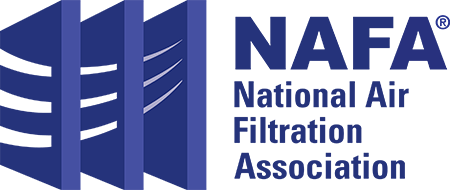Biosafety Level 3 (BSL-3) Facilities
June 30, 2011
Biosafety Level 3 is applicable to clinical, diagnostic, teaching, research, or production facilities in which work is done with indigenous or exotic agents which may cause serious or potentially lethal disease as a result of exposure by the inhalation route. Laboratory personnel have specific training in handling pathogenic and potentially lethal agents, and are supervised by competent scientists who are experienced in working with these agents.
All procedures involving the manipulation of infectious materials are conducted within biological safety cabinets or other physical containment devices, or by personnel wearing appropriate personal protective clothing and equipment. The laboratory has special engineering and design features.
There are many standards and special safety practices for personnel, equipment and facilities that apply to Biosafety Level 3 including A. Standard Microbiological Practices, B. Special Practices which involve actually doing the work, C. Safety Equipment (Primary Barriers), and D. Laboratory Facilities (Secondary Barriers).
In Safety Equipment we find equipment needed to do BSL 3 work. Much of it involves the use of Personal Protective Equipment (PPE) and clothing such as gowns, gloves, eye protection, and also the use of HEPA filter devices to protect the user, the material being manipulated, and the environment from the spread of hazardous materials.
Primary among these pieces of equipment is the Biological Safety Cabinet (either Class II or Class III). The Class II Biological Safety Cabinet (BSC) is also found in most all hospital laboratories since this is where work is performed on body and body fluids and pharmacies that provide mixing of fluids which are injected intravenously. The BSC provides HEPA filtered air to a cabinet workspace and allows the worker to utilize HEPA filtered air moving in a laminar flow direction, sweeping the material with clean air and simultaneously removing contaminants away from the product and the operator. In addition, the sliding sash through which the operator places their hands and arms provides an “air curtain” at the sash opening that draws unclean room air directly into a front slotted opening and through the cabinet to be HEPA filtered.
Biological safety cabinets are required and are located away from doors, from room supply louvers, and from heavily-traveled laboratory areas as air inflow to these cabinets can be interrupted by the movement of air around and in front of the cabinet opening.
Depending on what type of BSC is being used (this is determined by the level of contaminants being manipulated), HEPA-filtered exhaust air from a Class II biological safety cabinet may be recirculated into the laboratory if the cabinet is tested and certified at least annually. When exhaust air from Class II safety cabinets is to be discharged to the outside through the building exhaust air system, the cabinets must be connected in a manner that avoids any interference with the air balance of the cabinets or the building exhaust system (e.g., an air gap between the cabinet exhaust and the exhaust duct called a “thimble connection”).
BSL 3 laboratories provide valuable testing, diagnostic and research abilities for the medical and scientific communities and BSC’s represent a valuable application of HEPA filtration to protect the health and safety of the personnel and environment, and the integrity of the product.
